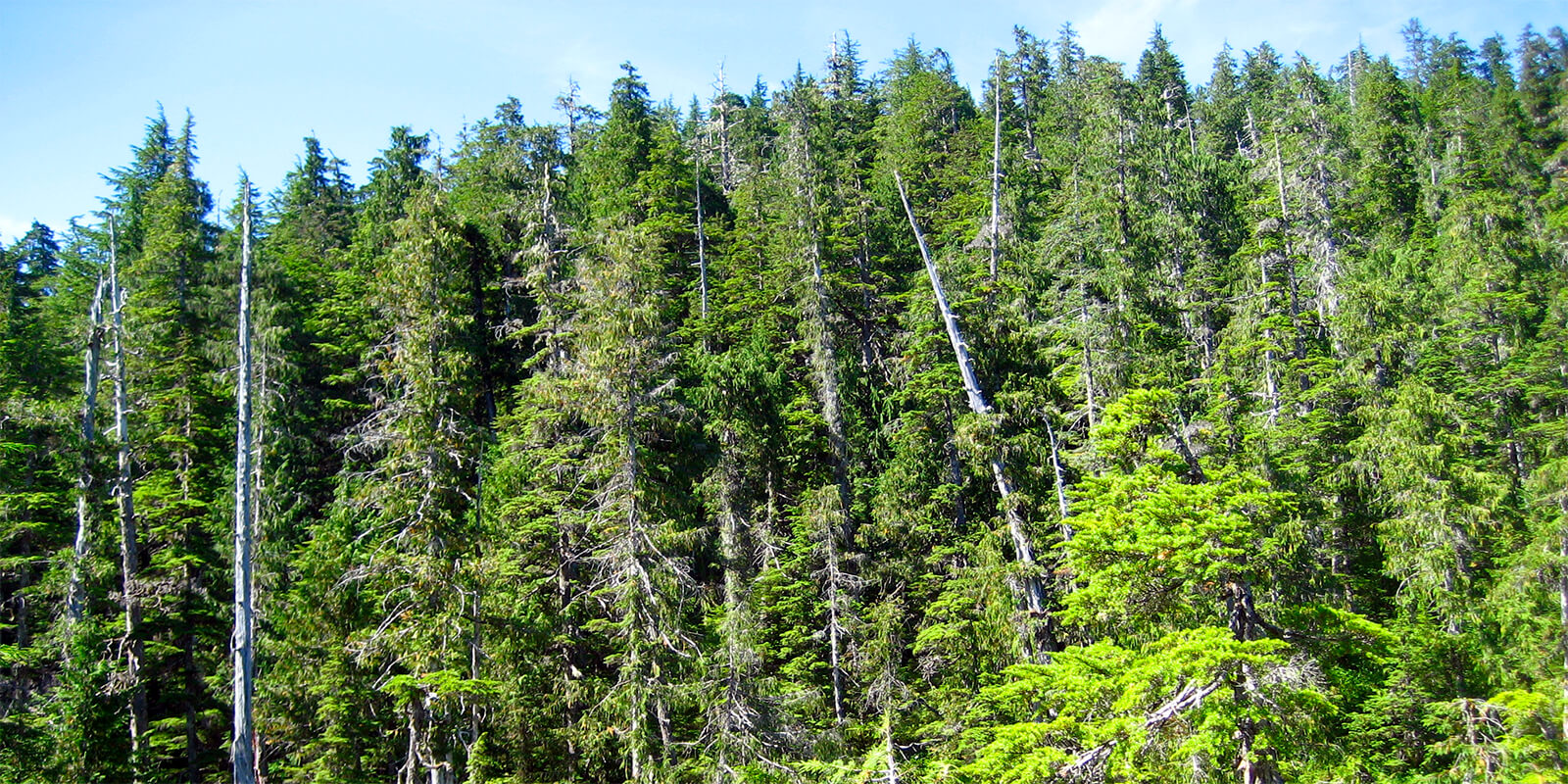Aaron Dupuis, an area manager for ADF&G, called the men the department’s “eyes and ears in the field during the salmon season.”
“We’ll send them out for a week at a time, and they’ll do anything [such as] checking our regulatory markers [and] moving them around. Those are important so commercial fisherman know where they can and cannot fish,” Dupuis said. “We have them … counting fish in the streams so then we know ... what’s going on with the salmon runs when we’re trying to decide on whether or not to open something [for fishing].”
Given that the region has a high density of brown bears and the area around Sitka is heavily forested, bear encounters are frequent. Coltharp and Walloch carry ADF&G-issued Remington shotguns for protection.
“We’d finished the survey, and we’d run into probably four or five bears on the way up,” Coltharp said, referring to Aug. 19. “It’s pretty common, especially in a lake stream. They don’t have quite as much real estate to fish like on the river. So, there’s a lot of them usually in high concentrations in those places.”
Typically, bears leave humans alone. Yet what seemed like a routine day quickly morphed into a potential tragedy.
The three men were halfway back to their boat, following the river. They were moving quickly and laughing, with Coltharp walking about 20 feet ahead. He remembers turning his head to say something to the two behind him when he heard bushes start to break. Coltharp spun around, only to see a brown bear, coming at him full speed.
“There wasn’t a lot of time to really react and get a shot off because the gun was slung over my shoulder,” said Coltharp. “And by the time I got it around, it was already right there in front of me. So, I definitely remember thinking, ‘Well, I’m not going to be able to shoot this thing, but Anthony should be able to right behind me, and I just got to get out of the way.’”
Coltharp jumped back and maneuvered his body just enough to protect his heart and lungs.
“When I did that, the bear just kind of clamped down across my upper knee area,” recalled Coltharp. “He was shaking me about there for maybe just a couple of seconds. I remember yelling, ‘Shoot it, shoot it, shoot it,’ as it’s thrashing me about. I remember hearing the gunshot and thinking, ‘Oh no, my foot’s about to get blown off.’ But I didn’t feel any pain, and the bear just released and fell over dead next to me.”
“As the bear was running at us, Jess tried to get his gun up, but … the bear was right there at him,” confirmed Walloch. “As he dove to the side, Ethan got out of the way. … The bear bit into Jess’s leg and was starting to shake. And that’s when I was able to get a clean shot. I shot the bear, it rolled off of Jess, and then I took two more shots at the bear, just to ensure that it wasn’t going to get back up.”
Walloch can still picture the bear running at them. “It was really low to the ground, and its paws are just digging at the dirt, just pushing right towards us. And all I could focus on was, I knew I had to get my gun up.”
The attack lasted less than a minute.
The men sat on the grass for a second, stunned by what happened, staring at each other. Then their adrenaline kicked in.
